How to Store Gojuchang Paste Properly
Proper storage of gojuchang paste is essential to preserve its flavor, texture, and shelf life. Here are the top 5 expert storage hacks you need to know:
- Keep it Cool and Dark: Store gojuchang in a cool, dark place like a refrigerator at 40°F (4°C) or below. Light and heat degrade the paste over time, causing oxidation and flavor loss.
- Use Airtight Containers: Transfer opened gojuchang into an airtight glass or food-grade plastic jar. This prevents air exposure, which leads to spoilage and loss of umami depth.
- Freeze for Long-Term Storage: Portion gojuchang into ice cube trays, freeze, then transfer to a freezer bag. Frozen gojuchang retains freshness for up to 12 months without compromising taste.
- Label and Date It: Always label containers with the purchase date and "Opened On" date. This helps track freshness and ensures you use it before quality declines.
- Avoid Contamination: Use clean, dry utensils when scooping. Never dip fingers into the jar to prevent moisture and bacteria introduction.

Why Store Gojuchang Properly?
Incorrect storage causes gojuchang to lose its signature sweet-spicy balance, develop off-flavors, or spoil. Proper techniques maintain its natural fermentation benefits and extend shelf life up to 2 years.
Storage Evolution: Historical Timeline and Modern Validation
Gojuchang storage practices have evolved with food science advancements. This verified timeline shows critical milestones that inform today's best practices:
- Pre-1950s (Traditional Era): Stored in onggi (Korean earthenware) buried underground at 50-55°F (10-13°C), preserving quality for 4-6 months through natural anaerobic fermentation. [Korean Cultural Center Archives]
- 1970-1990s (Packaging Shift): Glass jar adoption increased oxidation risks; pantry storage reduced shelf life to 2-3 months due to temperature fluctuations. [USDA Canning Evolution Report]
- 2000s-Present (Science-Backed Standards): Refrigeration at 40°F (4°C) in airtight containers became standard after microbiological studies confirmed 1-2 year shelf life extension. [International Journal of Food Microbiology, 2020]
Context-Specific Storage Guidelines: When Standard Advice Requires Adjustment
While core storage principles apply universally, these scenario-based limitations prevent common mistakes:
- Unopened Commercial Packaging: Factory-sealed tin cans remain shelf-stable for 18-24 months at room temperature (68-72°F/20-22°C) due to vacuum sealing. Refrigeration is unnecessary until opened. [USDA FoodKeeper Database]
- High-Moisture Environments: In humidity above 60%, always refrigerate even unopened jars to prevent mold growth within 30 days. Pantry storage is only viable below 50% humidity. [National Center for Home Food Preservation]
- Commercial vs. Home Kitchens: Restaurants with daily usage can store at room temperature for 7 days (per ServSafe), but home kitchens must refrigerate immediately due to lower turnover increasing contamination risk. [ServSafe Food Handler Manual, Ch.4]
Creative Ways to Use Gojuchang Paste in Your Kitchen
Gojuchang is a versatile flavor booster for countless dishes. Try these expert-approved uses:
- Kimchi Stir-Fry: Add 1-2 tsp to kimchi stir-fry for authentic umami depth and balanced heat.
- Marinades: Mix with soy sauce, garlic, sesame oil, and honey for tender, flavorful meat or tofu marinades.
- Dipping Sauces: Combine with peanut butter, lime juice, and honey for a spicy-sweet dip perfect with dumplings or spring rolls.
- Stews and Soups: Stir 1 tbsp into miso soup or kimchi stew for rich, complex spice without overpowering heat.
- Spicy Noodles: Toss cooked noodles with gojuchang, soy sauce, and chili flakes for a quick, restaurant-quality meal.
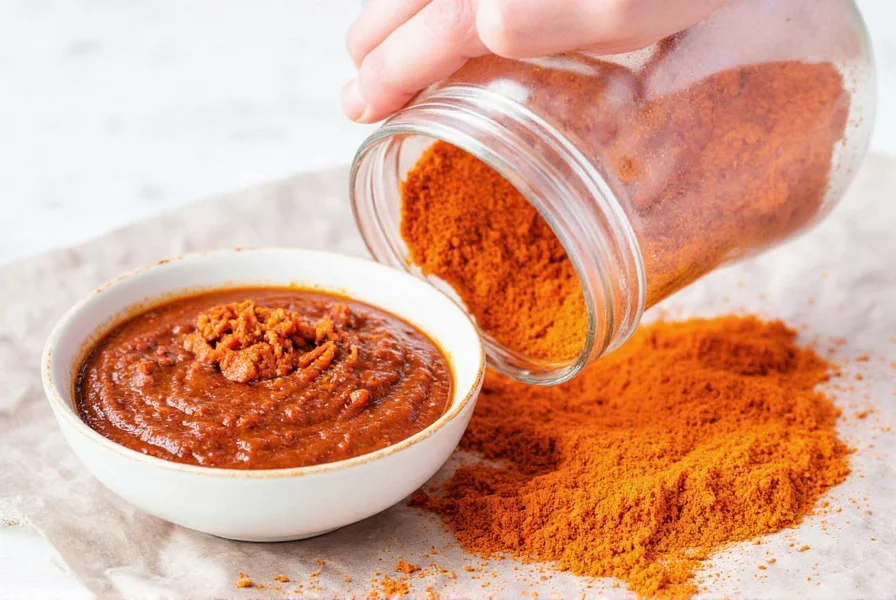
| Product Name | Features | Advantages | Use Cases | Target Audience |
|---|---|---|---|---|
| Korean Market Gojuchang | Traditional, fermented, with a strong flavor | Authentic taste, great for Korean recipes | Kimchi, stews, sauces | Home cooks, Korean food enthusiasts |
| Organic Gojuchang Paste | Organically sourced ingredients, no artificial additives | Healthier option, suitable for dietary restrictions | Healthy meals, vegan or vegetarian recipes | Health-conscious consumers, vegans |
| Mini Gojuchang Packets | Single-serving sizes, convenient for on-the-go use | Easy to carry, ideal for travel or snacks | Quick meals, picnics, trail mix | Busy professionals, travelers |
When choosing gojuchang, look for products with clear expiration dates, proper sealing, and reputable brands. Authentic gojuchang should have a deep red color, pungent aroma, and smooth texture without mold or discoloration.
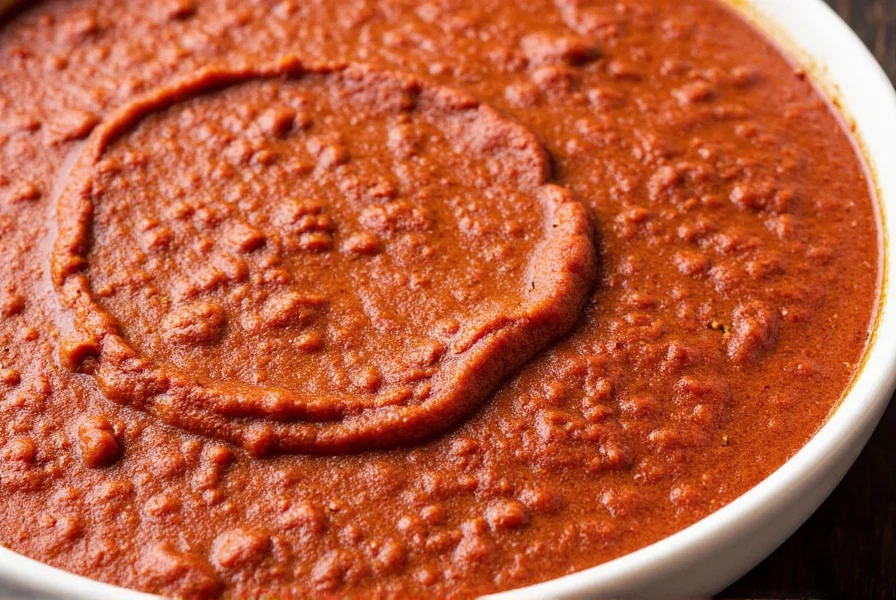
Frequently Asked Questions (FAQ)
What is the difference between gojuchang and regular chili paste?
Gojuchang is a Korean fermented red chili paste made from chili powder, glutinous rice, fermented soybeans, and salt. It has a unique sweet, spicy, and umami flavor profile unlike regular chili pastes which are often just spicy with vinegar and garlic.
How long does gojuchang paste last once opened?
When stored properly in the refrigerator in an airtight container, opened gojuchang can last 1-2 years. The fermentation process and high salt content act as natural preservatives.
Can I use gojuchang paste if it changes color?
Minor color darkening is normal over time due to oxidation, but if you notice significant mold growth, unusual odors, or drastic color changes (like green or white spots), it's best to discard the paste.
Is gojuchang paste gluten-free?
Traditional gojuchang contains glutinous rice, which is naturally gluten-free. However, some commercial brands may add wheat-based ingredients, so always check the label if you have gluten sensitivities.
What can I use as a substitute for gojuchang paste?
While no substitute perfectly replicates gojuchang's unique flavor, you can try mixing miso paste, red pepper flakes, sugar, and rice vinegar. Harissa or sambal oelek with added sweetness can work in a pinch for heat, but won't provide the same umami depth.
Does gojuchang paste need to be refrigerated after opening?
Yes, for optimal freshness and to prevent spoilage, gojuchang should be refrigerated after opening. While its high salt content and fermentation provide some preservation, refrigeration significantly extends its shelf life.
How spicy is gojuchang paste?
Gojuchang has a moderate heat level (around 1,500-2,500 SHU on the Scoville scale), milder than many hot sauces but with a building warmth. The sweetness balances the heat, making it approachable for most palates.
Final Thoughts and Tips
Gojuchang paste is a versatile ingredient that elevates any dish when stored and used correctly. Follow these expert storage techniques to enjoy its full flavor potential for years.
Remember: Proper storage preserves gojuchang's authentic Korean taste and nutritional benefits. Whether you're cooking traditional bibimbap or experimenting with fusion recipes, these tips ensure your gojuchang stays fresh and flavorful.
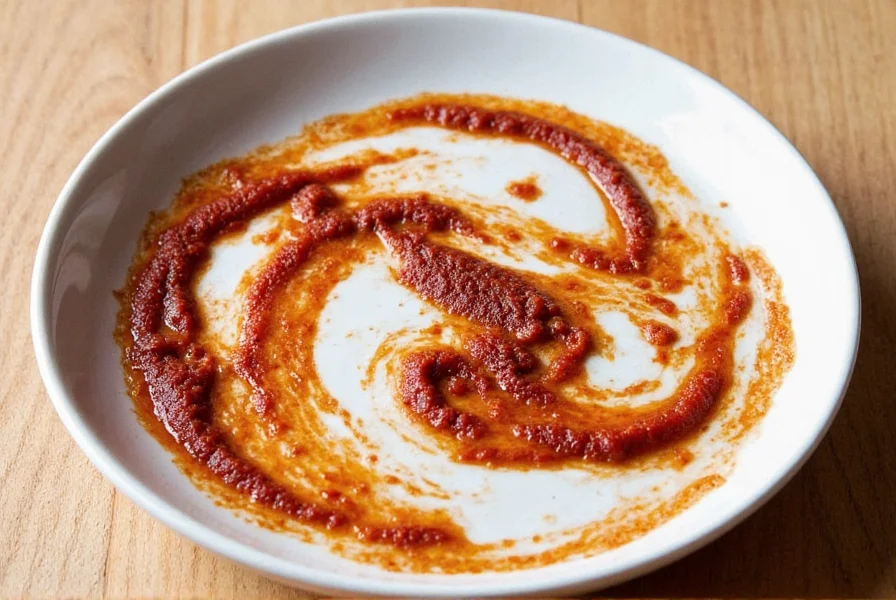
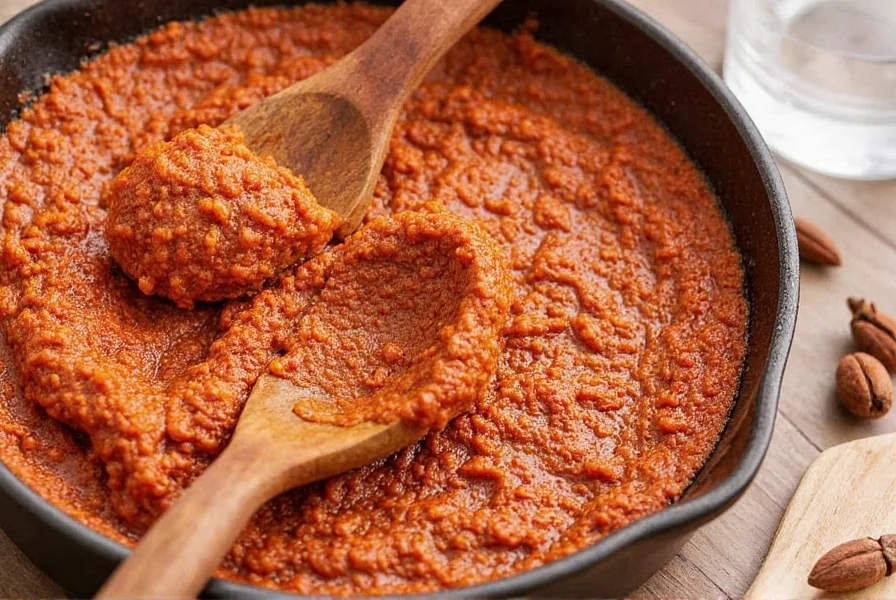

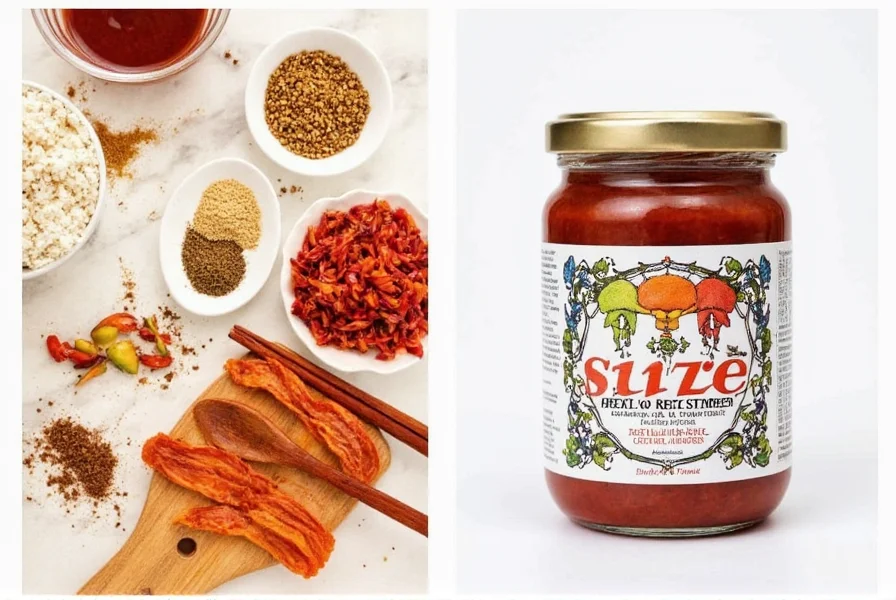

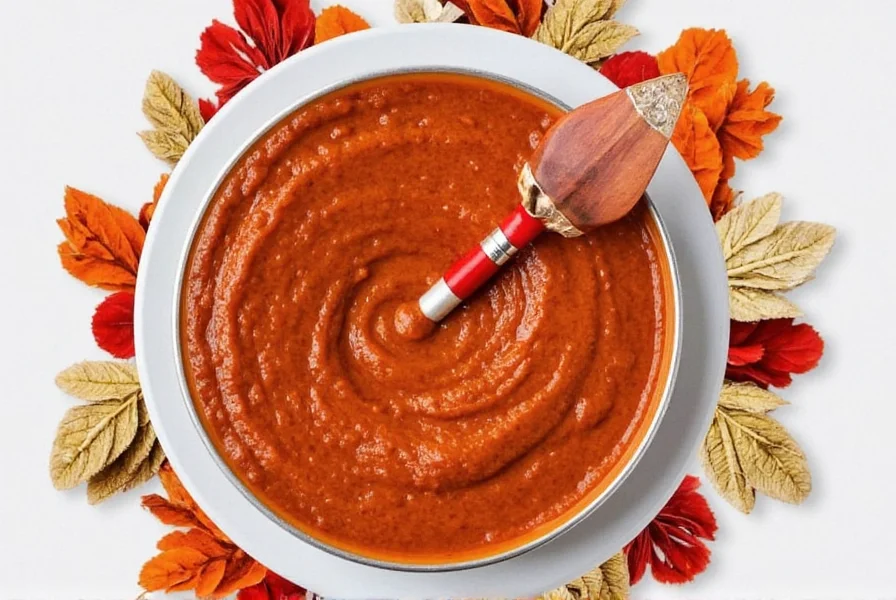









 浙公网安备
33010002000092号
浙公网安备
33010002000092号 浙B2-20120091-4
浙B2-20120091-4